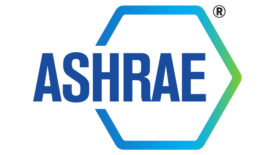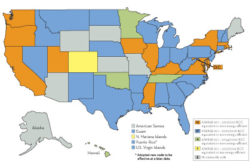Home » Keywords: » ASHRAE Standard 90.1
Items Tagged with 'ASHRAE Standard 90.1'
ARTICLES
ASHRAE/IES Publish 2016 Energy Efficiency Standard
It contains 125 addenda published since the 2013 standard
November 7, 2016
New ASHRAE Application Automates Compliance Calculations for Standard 90.1-2010
Users can input project parameters and then calculate projected performance and compliance
February 10, 2016
Guidance on New Compliance Path for Standard 90.1 Now Available
Document gives users immediate access to selected addenda to be published in the 2016 version of the standard
February 3, 2016
Addenda to ASHRAE/IES Energy Standard Open for Comment
Some addenda open until Oct. 4, others open until Oct. 19
September 24, 2015
ASHRAE Standards Continue to Set Efficiency Baselines
Organization Promotes Adoption, Integrity of Standard 90.1
Read More
Dec. 29, 2014: Expansion of Climate Zones Proposed for ASHRAE/IES Energy Standard
Will Give the Standard More of an International View
December 29, 2014
Sept. 19, 2014: Verification Requirements Proposed for ASHRAE/IES Energy Standard
Addendum Is One of 14 Proposed to ANSI/ASHRAE/IES Standard 90.1-2013
September 19, 2014
July 14, 2014: New User’s Manual for ASHRAE/IES Standard 90.1 Published
The Manual Helps Users of the Standard Understand Its Principles and Requirements
July 14, 2014
Copyright ©2024. All Rights Reserved BNP Media.
Design, CMS, Hosting & Web Development :: ePublishing




